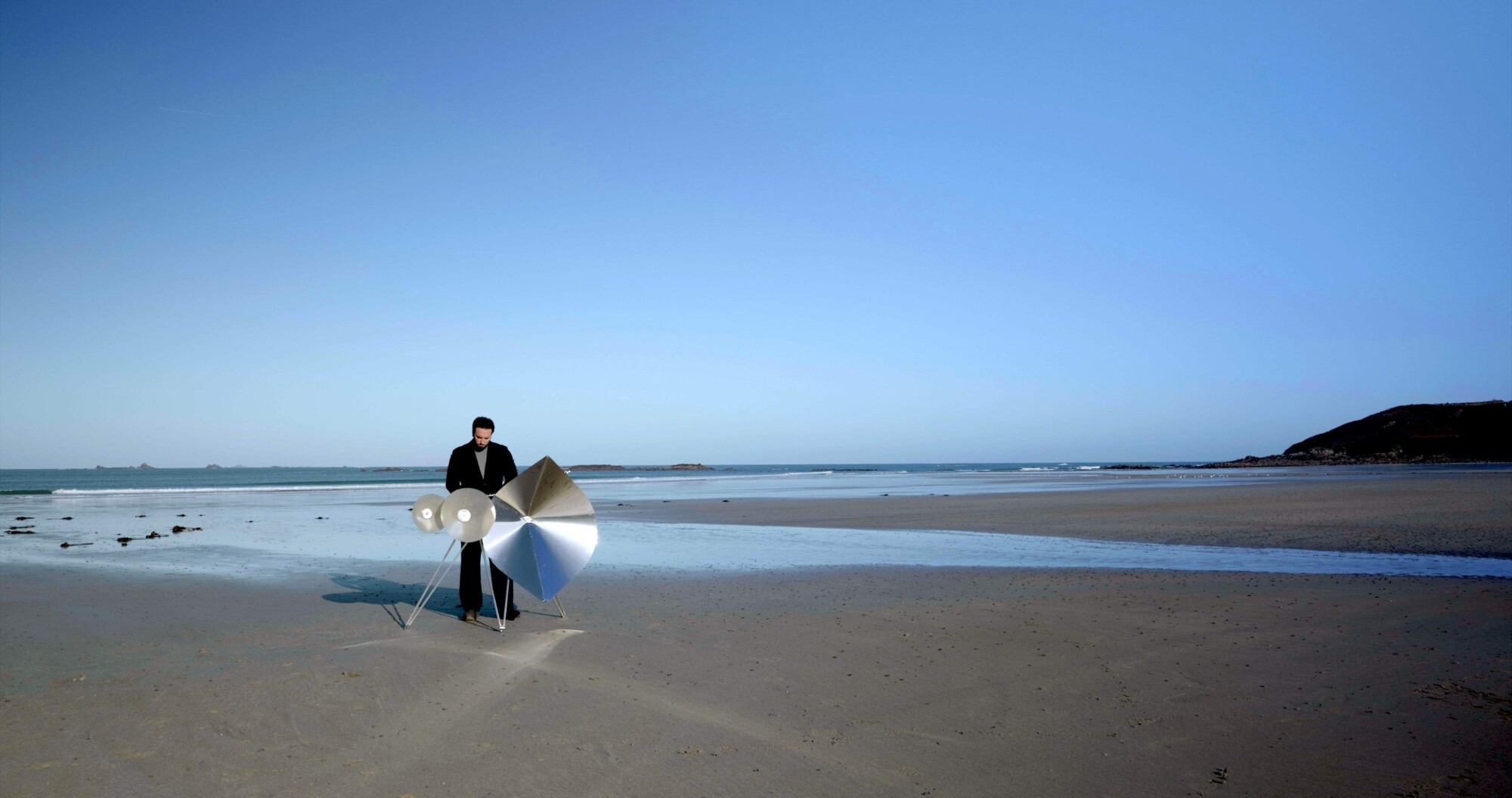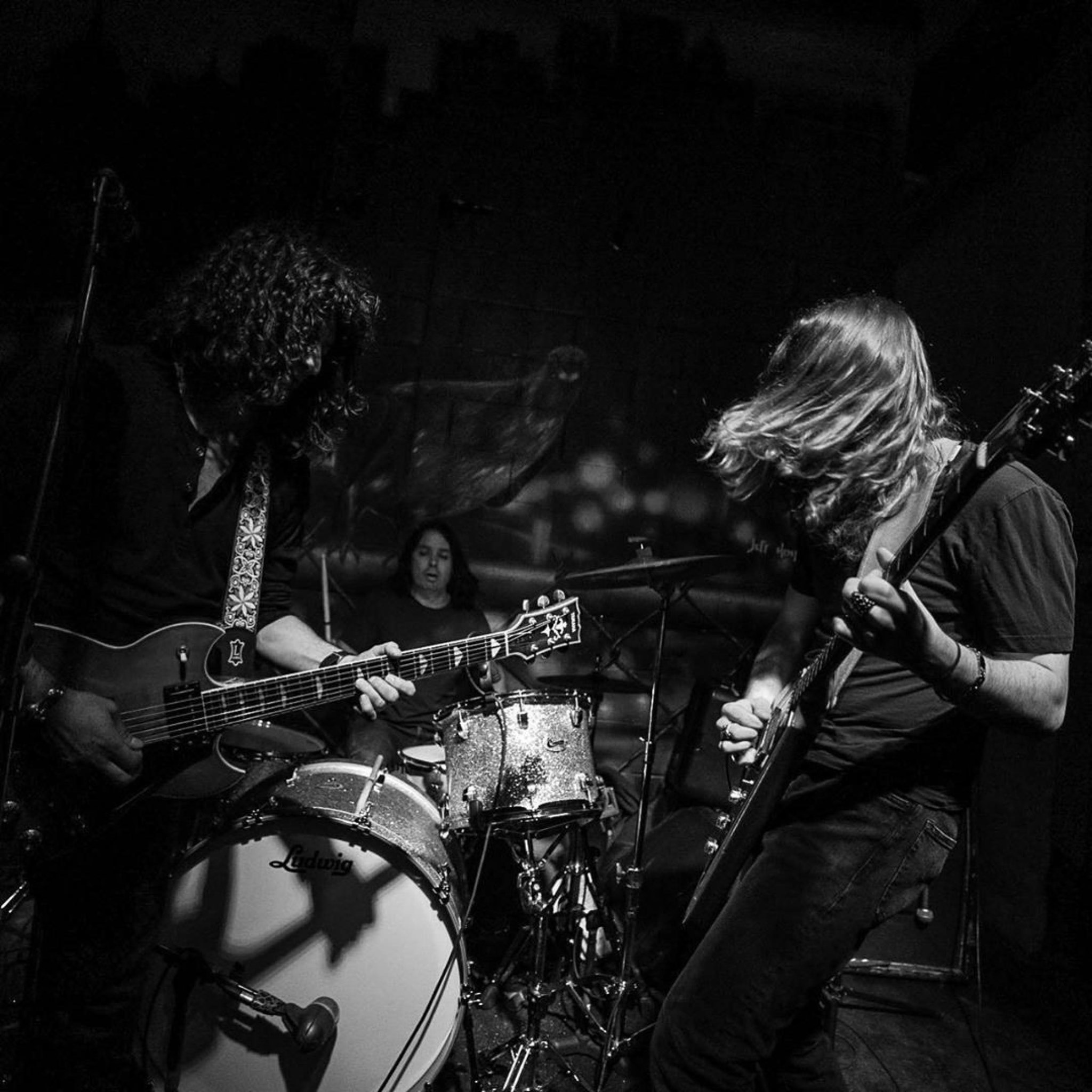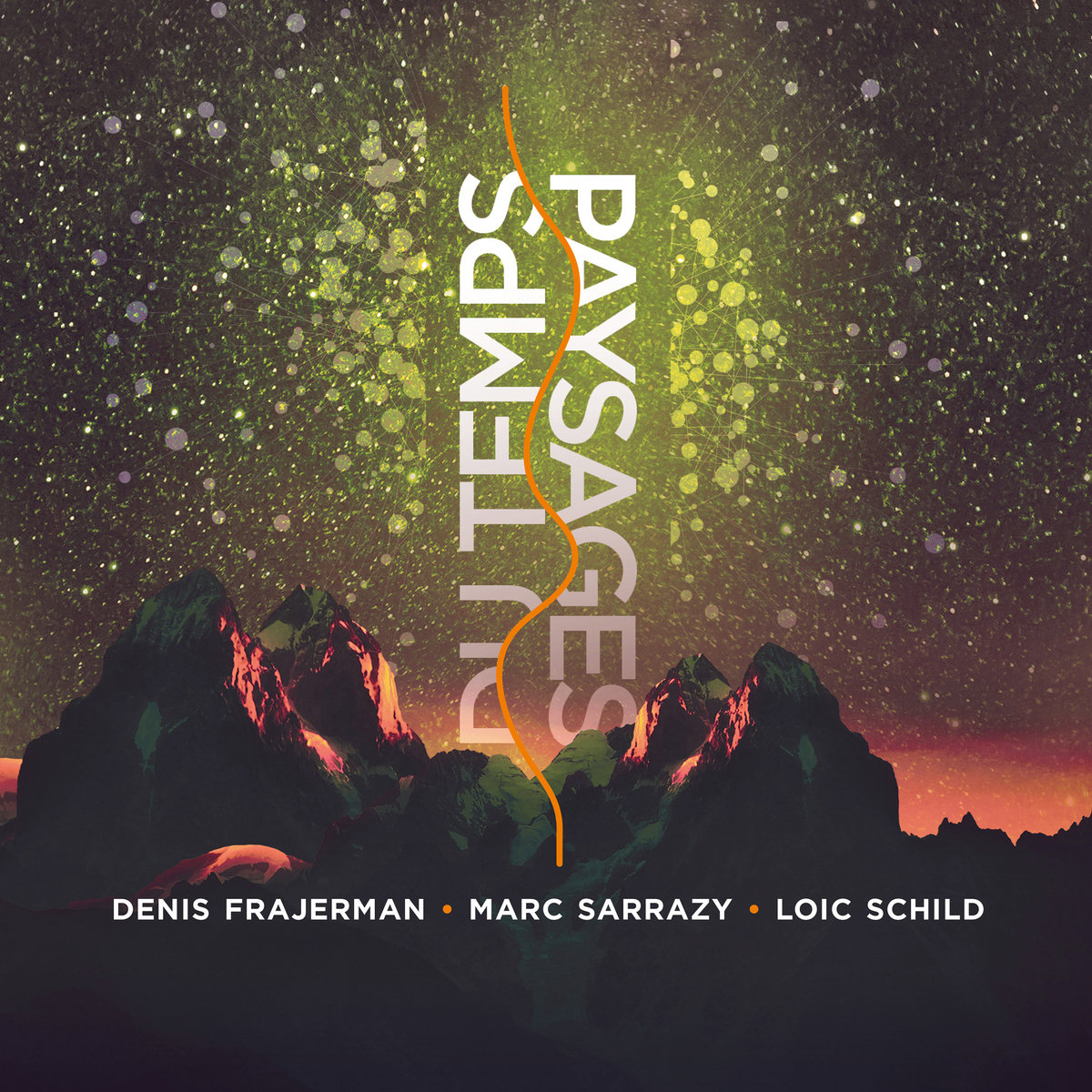Loup Barrow | Interview | New Album, ‘Immineo’
Loup Barrow, renowned for his proficiency as both a composer and a performer on the Cristal Baschet, showcases profound emotional depths in his latest release, ‘Immineo,’ recently released through Sonic Ritual.
Barrow’s journey from the bustling streets of Paris to the serene shores of Finistère in Brittany provided the transformative backdrop for this album, where he harnessed the evocative power of his rare instrument to craft a contemplative masterpiece. Drawing on themes of unattainable love and nostalgia, Barrow’s composition ‘Passio,’ the album’s lead single, epitomizes his ability to translate personal introspection into a resonant musical narrative.
‘Immineo’ marks a significant milestone as it introduces the Cristal Baschet into a soloist role within a symphony orchestra, a novel innovation spurred by Barrow’s creative vision and his immersive retreat into nature. Influenced by luminaries such as Arvo Pärt and Hildegarde Von Bingen, Barrow employs harmonic complexity and rhythmic nuance to evoke a sense of transcendence and wonder throughout the album. Each track, including ‘De Profundis’ and ‘Harmonia Noctis,’ invites listeners into a sonic realm where minimalist percussion and sweeping orchestral strings converge with the haunting tones of the Cristal Baschet, fostering an atmosphere conducive to deep, contemplative listening.
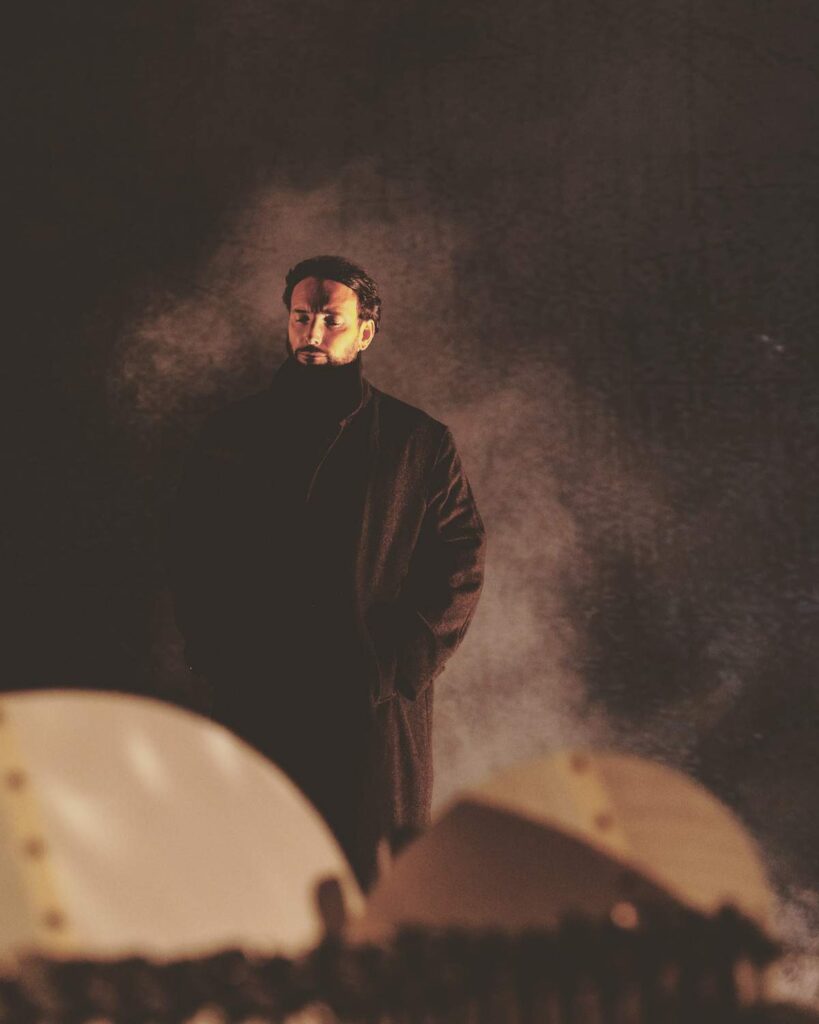
“I can write continuously for days with ease”
We’re all excited about your latest album, ‘Immineo.’ Could you share how much time and effort went into creating it?
Loup Barrow: Thank you for your enthusiasm. I’m personally thrilled about the collaboration with Sonic Ritual, which helped bring this project to fruition. When it comes to composing, I lose track of time. Both personal growth and external influences have contributed to my ability to write this album effortlessly. Composing isn’t without its challenges, but for me, it’s a blissful experience—I can write continuously for days with ease.
The Cristal Baschet is such a unique and rare instrument. Can you share how you first encountered it and what drew you to master it among all the other instruments you’ve explored?
I met the Baschet brothers some twenty years ago in Saint Michel sur Orge, in their incredible workshop near Paris. Since my early days as a musician, and after exploring a number of instruments (Hammered Dulcimer, Glass Harp, Human voice, Drums, Percussions…), the Cristal Baschet has seemed to me to best embody my passion. Its physical presence and supernatural resonance echoed my visions. Playing techniques had yet to be invented. It was a great challenge for me, one of the greatest challenges in my life.
“The environment of Finistère allowed me to delve deeper into the wildness of sound”
Your latest album, ‘Immineo,’ seems deeply influenced by your time spent in seclusion by the sea. How did the environment of Finistère shape the sound and emotional landscape of the music you created with the Cristal Baschet?
Penn ar Bed, Breton for Finistère “the end of the world”… I drew inspiration from long walks on the coastal path in the early mornings. The landscape there has preserved its fierce beauty and authenticity, shaping the sound of the music I wrote. The sound of the Cristal Baschet enhances the wildness of these landscapes, bringing both peace of mind and occasional disruption. As a composer, the environment of Finistère allowed me to delve deeper into the wildness of sound, evoking nature and the elements.
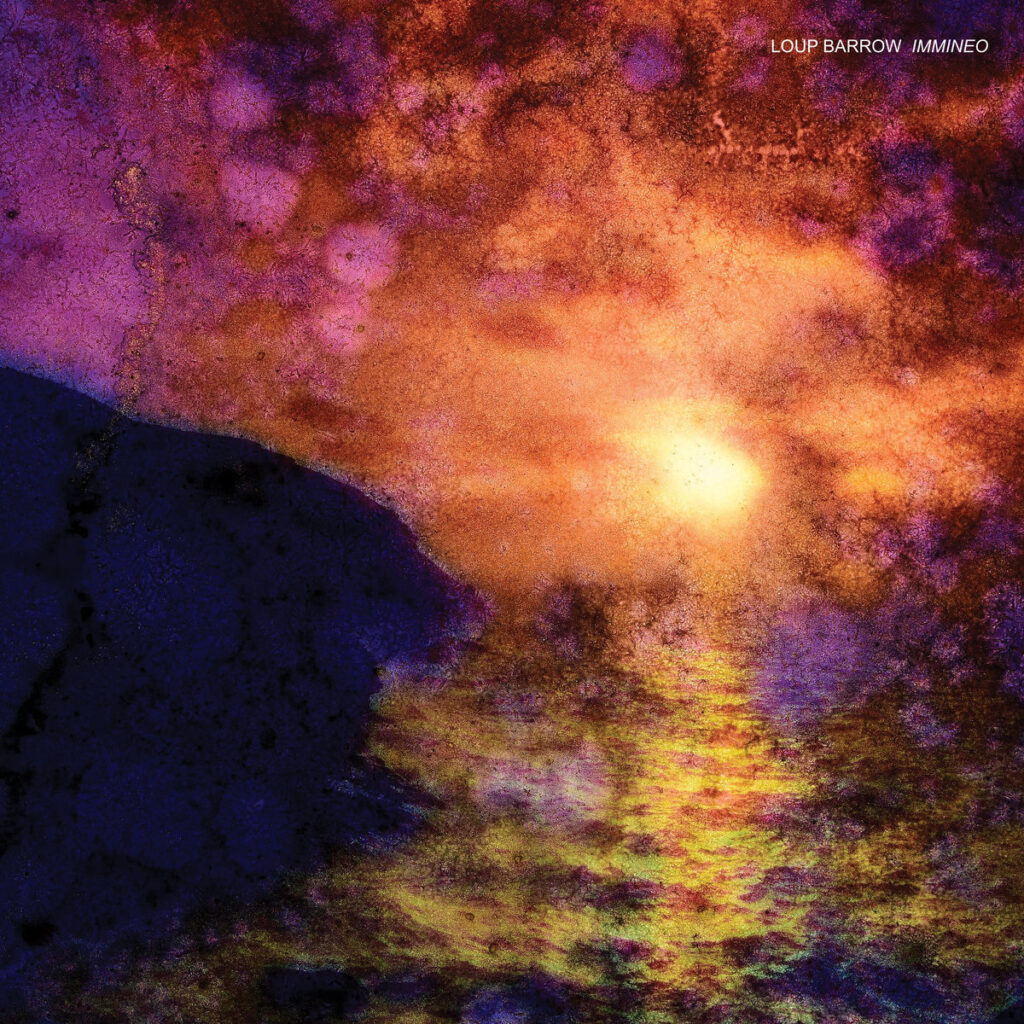
‘Immineo’ is described as the first in a triptych of albums exploring the Cristal Baschet. Could you elaborate on what themes or sonic territories each album in this trilogy will explore, and how they might differ from one another?
The Cristal Baschet is the centerpiece of this triptych. It is the leading instrument in the composition. With the album ‘Immineo,’ I explore the infinite power of the wilderness around us. Each piece is a call to transcendence, a quest, a sense of wonder in front of a formidable palette of landscapes, contrasting almost as much as the light that bathes them throughout the day—the same lights which inspired me greatly with the tides marking the temporality of my days. All these images are transcribed into the pieces I composed in ‘Immineo.’ The power of the symphony orchestra, combined with solo instruments, including the Cristal Baschet, greatly accentuates the lyricism and melancholy I felt while writing the pieces.
The second album is partially written, emerging as an obvious next step after ‘Immineo.’ I won’t reveal everything, but I can say that it will explore a more rhythmic palette of sounds. I’m writing this album in the heart of Paris, where I’m constantly surrounded by people, far from the omnipresent wilderness in ‘Immineo.’ My inspiration is different; it’s a buzz, a beehive, a world where individuals and their concerns are at the center of my creation. The second album will be the album of the heart, the one that beats and fights in spite of everything.
For the third album, I will be composing for the Cristal Baschet and a vocal ensemble. The voices and the Cristal Baschet will unite to soar in an almost mystical union.
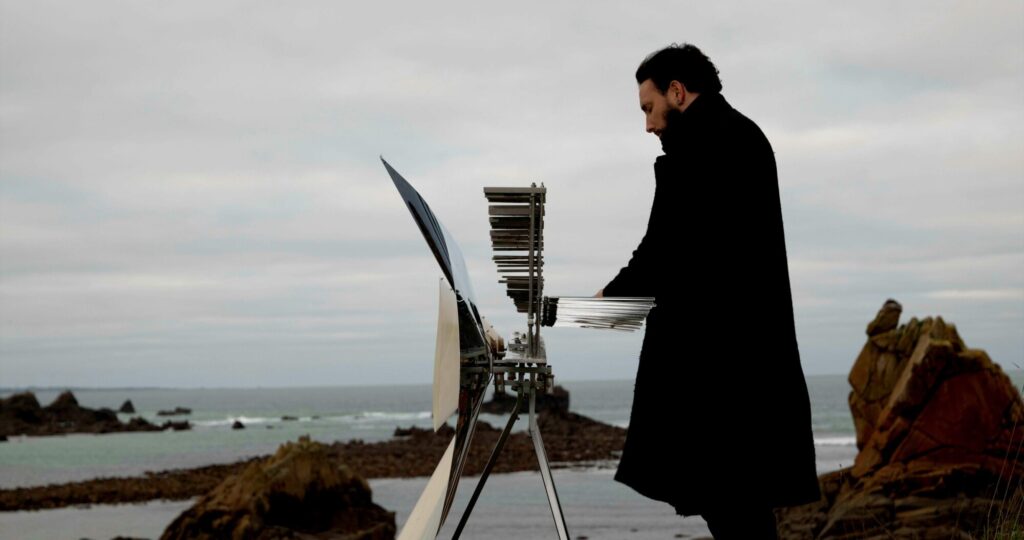
In your compositional process, how do you balance the ethereal and haunting tones of the Cristal Baschet with the orchestral elements to create a cohesive and immersive listening experience?
The Cristal Baschet offers me a wide range of colors that can echo through different sections of the orchestra. It’s an instrument whose powerful sound can emerge from the orchestral mass like a human voice, yet it can also blend seamlessly with the orchestra, creating an immersive listening experience.
Your album ‘Silent Witness,’ released in 2019, was a collaboration with Radek Bond Bednarz and Mieko Myazaki. Can you tell us more about the creative process behind this project and how it differed from your solo work?
Collaborating with other musicians is always a gift. Writing together enriches and serves a common vision, whereas composing alone is a state of grace.
Your music has been compared to the work of composers like Charles Ives, Arvo Pärt, and Hildegarde Von Bingen. How do these influences manifest in your compositions?
Charles Ives’s compositions are imbued with metaphysical intentions, ranging from wild dissonance to idyllic mysticism. I draw inspiration from his approach, incorporating dissonance, polytonal harmonies, and polymetric constructions into my work.
For Arvo Pärt, composing is “like breathing in and out. It’s life.” Growing up in a household filled with music day and night, I’ve always felt a deep connection to music. Pärt’s influence has been profound over the past 15 years, inspiring me with his simple melodies and sparse harmonies that belie their compositional complexity.
Hildegard Von Bingen, a mystic and master composer of the Middle Ages, set her visions to music. Her compositions exhibit great melodic freedom, which I strive to develop in my own works. Since an early age, I’ve been captivated by the beauty of her sensual, vivid, and lyrical pieces. She remains a central influence in my work.
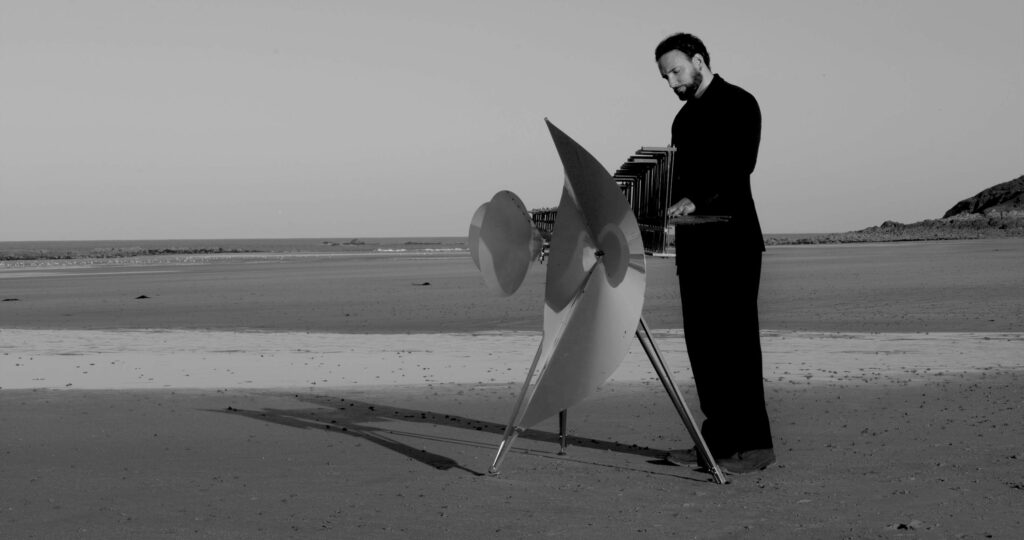
Can you walk us through your collaboration process with the Budapest Scoring Orchestra?
The Budapest Orchestra is a passionate ensemble with a conductor who listens closely to the composer. They transcribed the score with intensity and passion. I was very thankful for their excellent work.
You mentioned that each piece on the album is a call to transcendence and introspection. Can you please tell us more about that?
I wrote the album far from the hustle and bustle of the world. The elements are masters here. Wilderness is powerful and imposes introspection. It was in this inner space that I composed ‘Immineo.’ An interior space, as infinite as the horizon stretching out before my eyes.
The title “Immineo” suggests a sense of anticipation. How does this concept play out in the structure and pacing of the album?
“Iminneo” means the imminence of something to come. The anticipation of an unknown future that, whatever the cost, will be. In the 7 tracks on the album, I’ve aimed to capture the essence of the unknown. The hidden secrets reveal themselves in the creative process and in wilderness. In each piece, there is a sense of anticipation created by the harmonies, the sound texture, the rhythmic structures. Each piece is unique because it takes its source in a unique moment and time. Each piece develops its own harmonic codes, its own colors, its own rhythms. I see all my compositions as an expanding system with an infinite number of possible musical universes.
Do you have any active side-projects going on at this point?
More than side projects, I’d like to talk about long-term collaborations with artists I enjoy working with:
Guo Gan (Erhu player), touring in Asia and co-composing the album ‘The Kite’ in 2016.
J.A. Jayant (flutist), touring in India and Europe.
Sidi Larbi Cherkaoui, choreographer.
Sebastien Leon Agneessens, artist.
And also my dear brother Joe-Neil Solan, an outstanding drummer. The list is not exhaustive…
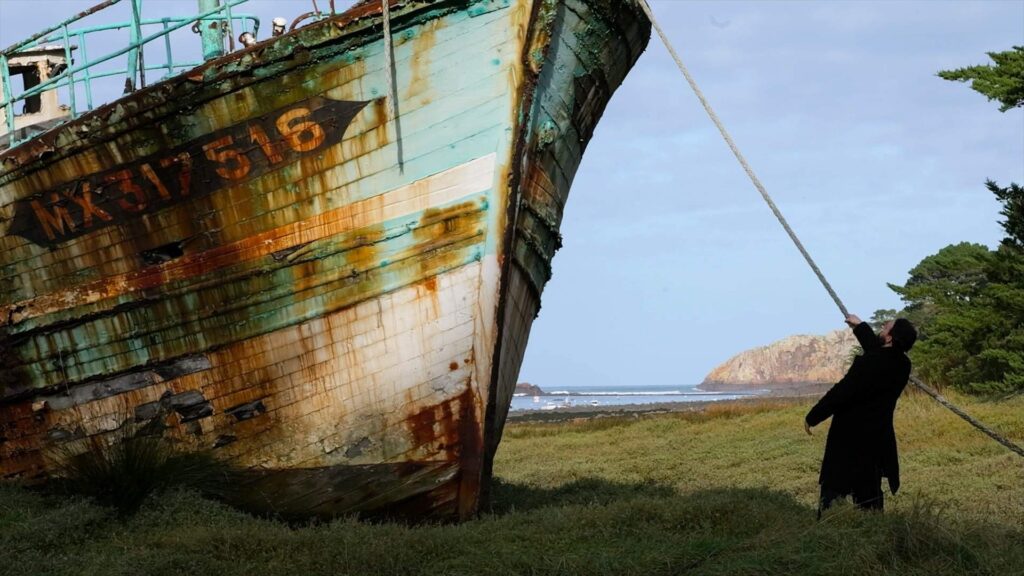
Let’s end this interview with some of your favourite albums.
I’d rather talk about works than albums. Here is a list of pieces I would recommended for your readers :
‘Fratres’ – Arvö Part
‘Viator’ – Pēteris Vasks
‘Vide Cor Meum’ – Patrick Cassidy
‘Sacrifice’ – Lisa Gerrard
‘Goldberg Variations’ – Glenn Gould
Mozart: Piano Concerto No. 23: II. Adagio – Hélène Grimaud
Klemen Breznikar
Headline photo: Roddy Cunningham
Loup Barrow Official Website / Facebook / Instagram / Twitter / Bandcamp / YouTube
Sonic Ritual Official Website / Facebook / Instagram / Twitter / Bandcamp

